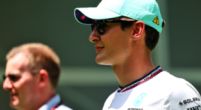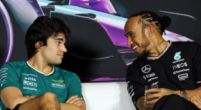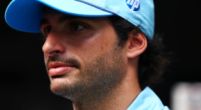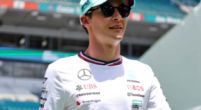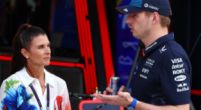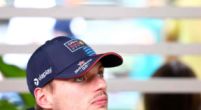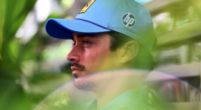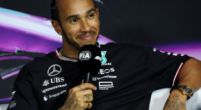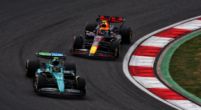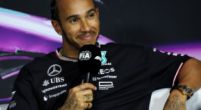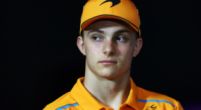Tech
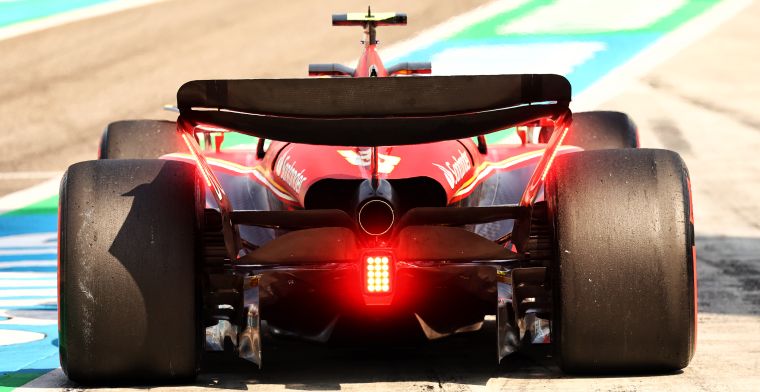
Technical Preview | How teams will tackle "stop and go" Bahrain nature
After three days of testing, F1 will now race at the Bahrain International Circuit. With a very fast and short first and third sector, Bahrain is well known for being a “stop-and-go” circuit, where rear tyres and brakes are highly stressed, also because of the high temperatures faced during the race. The abrasive asphalt and the many traction zones in the middle sector will be two other aspects to be taken into consideration this weekend.
For this reason, teams will have to use a medium-high downforce set-up to make their cars as balanced as possible and avoid oversteering, which could be harmful for the rear tyres over the race distance. Let’s have a look at which choice they’ve made this year.
Red Bull and McLaren with higher downforce rear wings
Starting with Red Bull, the team decided to use a much higher downforce rear wing than their rivals, a trend already seen last year. The team have decided to bring a medium-high rear-wing version for this weekend: the main plane has a very pronounced spoon shape and a rather high chord. The spoon extends very wide before tilting slightly at the outermost portion to connect with the endplate.
This solution allows for an increase in air flow rate and generates more downforce. To reach this goal, the main plane also has a leading edge very inclined upwards to grow the flow of air flowing on the profile itself. The DRS flap has a smaller chord than the main plane but is still greater than the version adopted by the other top teams. It has an entirely straight trailing edge, with a small Gurney flap in the central part to reduce drag by improving the interaction between the high-pressure area (in the upper part of the wing) and low-pressure (in the area below). Furthermore, this spec is characterised by a new solution regarding the endplate transition between the mobile flap and the endplate itself. As already seen last year, there is now a cut in the endplate transition to reduce drag.
However, This small component has a sharper shape on the outer edge to "break" the vortex generated by the DRS flap itself into many small vortices, improving aerodynamic efficiency even when the DRS is closed.

The decision to use a mobile flap with a longer chord than the competitors may represent a disadvantage for Red Bull over the race distance and on those straights where DRS is not available, but still providing higher top speeds when the DRS is opened (because you have a larger "window" for air to flow through, reducing drag).
McLaren decided to use a medium-high downforce rear wing with a less loaded version than Red Bull’s. In fact, the Woking team have decided to adopt a medium downforce rear wing with a unique design. The main plane has a very big spoon in the central part, with the lateral portions highly inclined to connect to the endplates while reducing drag (and thus decreasing the downforce generated as the profile is inclined). However, the DRS flap has quite a big chord, in line with RB20’s solution: the flap has a linear shape and is characterised both by a nolder at the trailing edge (small carbon profile to increase the surface of the wing and, consequently, the downforce produced), and by a Gurney flap (i.e. the " V" in the central part of the mobile flap to increase efficiency). Furthermore, the wing also features a cut in the endplate transition to reduce the drag generated by the airfoil itself.

This rear wing specification aims to provide a high level of downforce, allowing the MCL38 to look after the rear tyres during the race and make the car more stable. However, the increased chord of the movable flap and the main plane could increase overall drag, reducing the top speed on straights (but providing an advantage in open DRS).
Mercedes and Ferrari to focus on efficiency
Ferrari and Mercedes have adopted a less loaded rear wing than McLaren and Red Bull but in two opposite ways. Ferrari have chosen to use a medium downforce rear wing on the SF-24, the same spec already seen during testing. This version is characterised by a main plane with a light spoon in the central section and with a leading edge that slopes slightly towards the endplate to connect to it. This flap is definitely more loaded than the McLaren one but less than Red Bull’s. The DRS flap has a linear trailing edge and quite a pronounced chord, creating high top speeds when the DRS is opened while still providing enough downforce during the race. This rear wing spec aims to reduce drag with a less loaded main plane while still providing good traction out of the slow-speed corners.

Mercedes have adopted a different rear wing solution: their spec features a more loaded main plane and a decidedly more unloaded DRS flap. As with Ferrari, the objective is to increase efficiency without penalising the rear grip of the W15. This solution features a main plane with a pronounced spoon in the central part to produce load. At the same time, however, the outermost part of the leading edge is very inclined to connect to the endplate and reduce drag. The upper flap has a more pronounced chord and a linear shape, with a solution similar to Red Bull’s regarding the cut in the endplate transition, with the main aim of reducing drag.

This rear wing spec should provide a weaker "DRS effect" than the competitors, as the mobile flap has a smaller chord but good efficiency when the DRS is closed (and so also over the race distance).




































